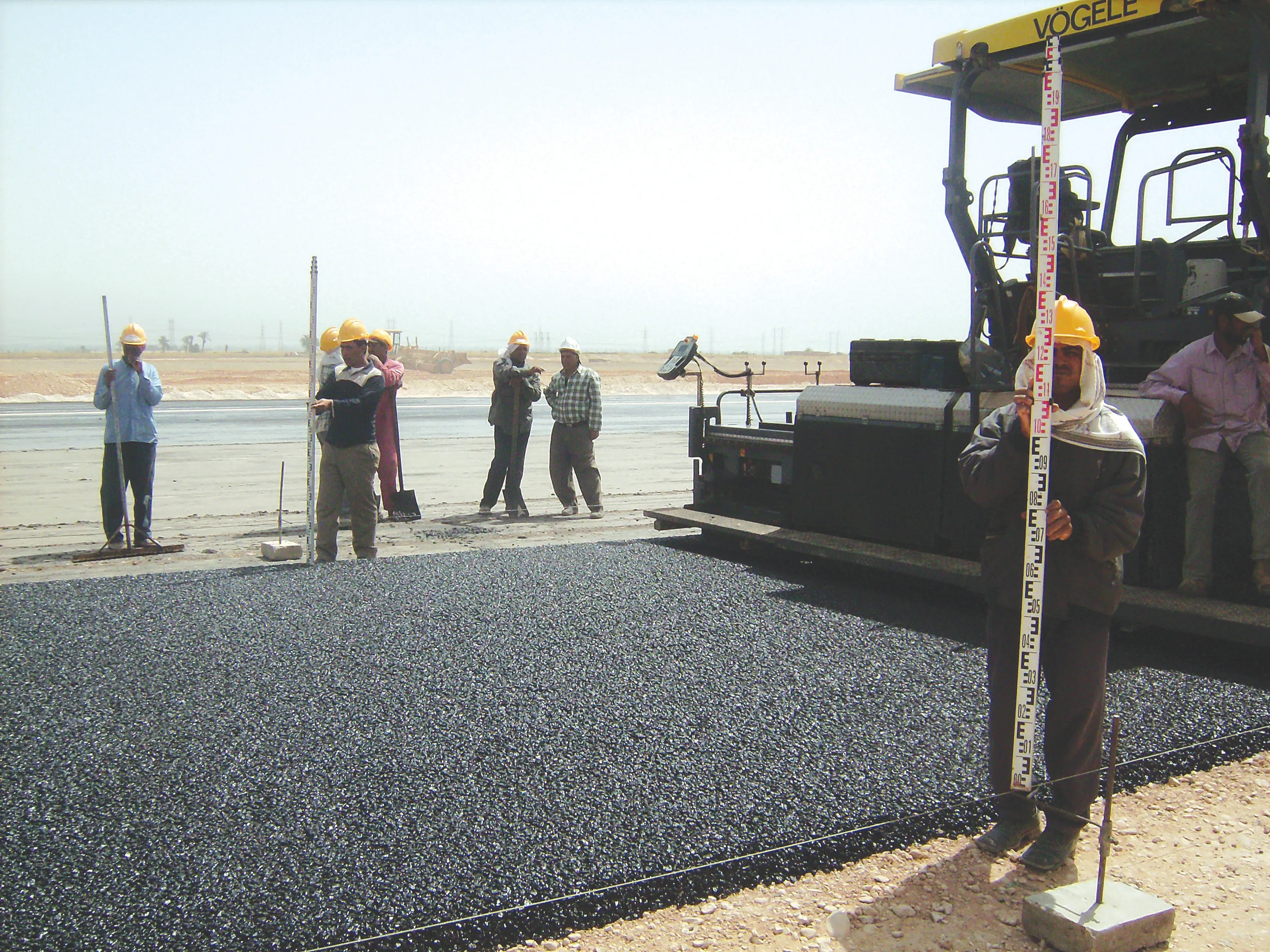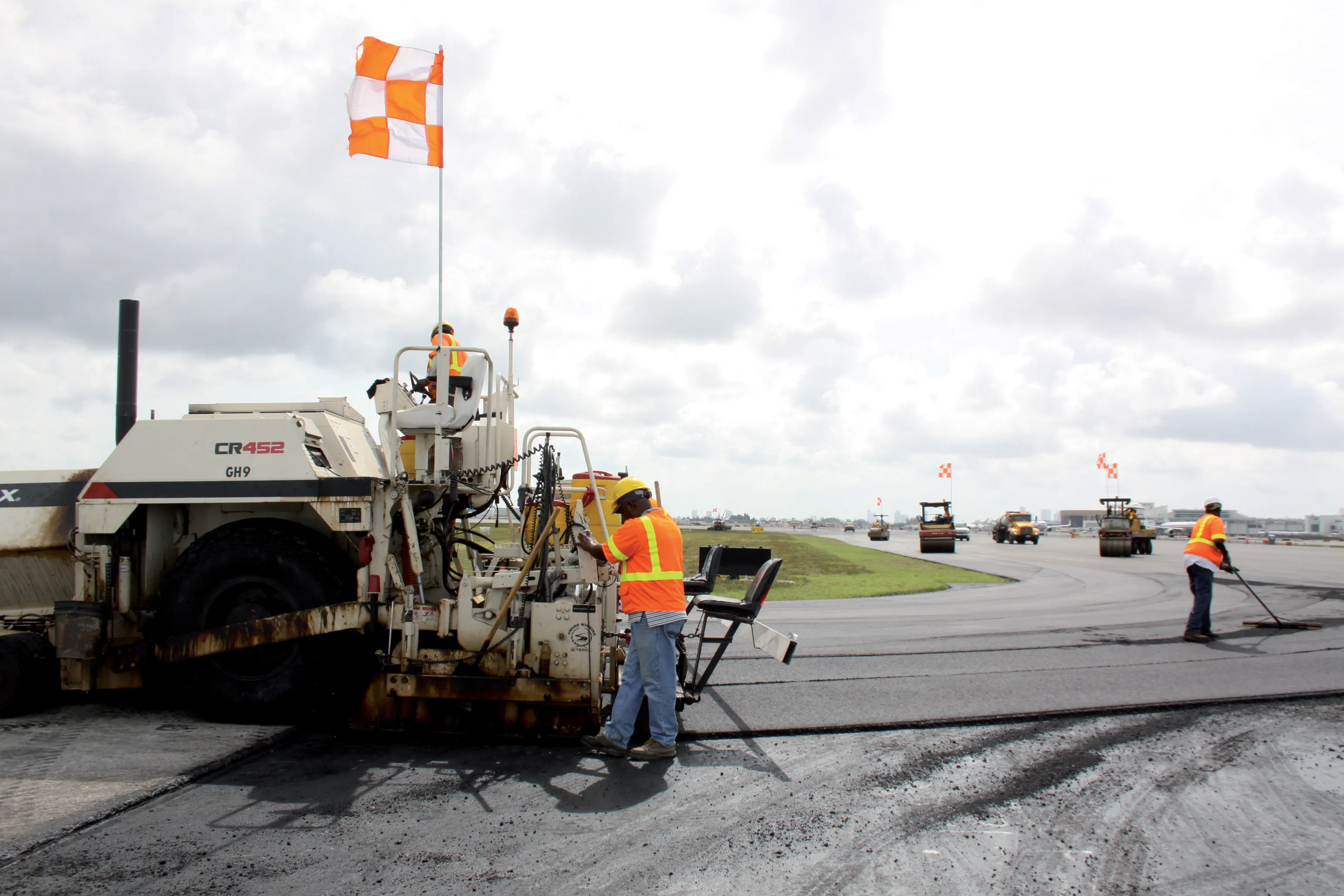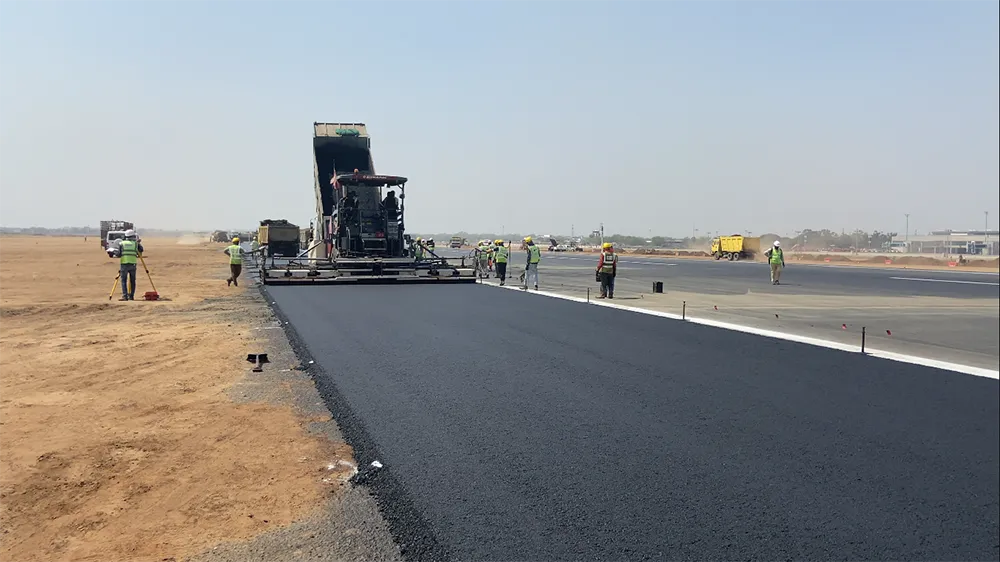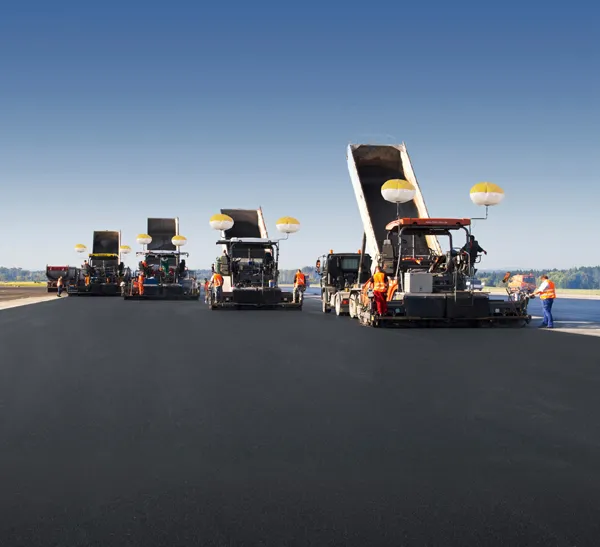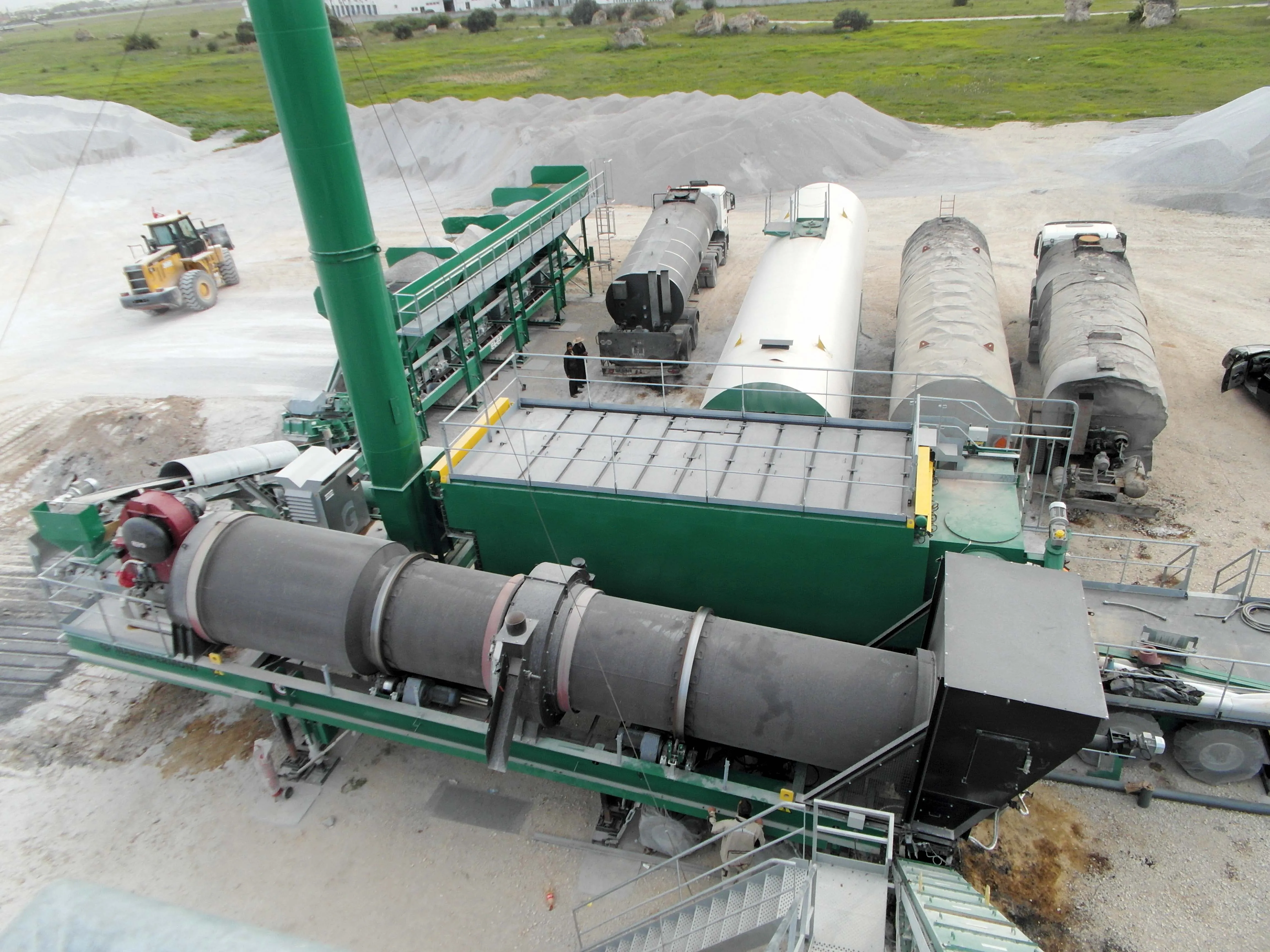
Improvement works are being carried out at one of Tunisia’s major airports in a move aimed at improving capacity. A key component of the work is the upgrading of the runways and taxiways at Tunis Carthage International Airport (TCIA), allowing the facility to handle larger aircraft as well as higher volumes of air traffic. The work is being carried out by ETEP, which is building the new infrastructure to the latest international standards for runway construction and updating some of the older sections of the airport. The main runway and taxiways are being resurfaced so as to be able to carry heavier aircraft as well as being widened. The connections between the runways and taxiways are similarly being improved, with the addition of a new link as well. New lighting and markings are also included in the work.
ETEP has already carried out the necessary geotechnical survey with the project now focusing on the milling and removal of the existing surfaces. A new binder course is being laid, with a new wearing course on top and both of these are being carried out to the very high smoothness requirements necessary for airport construction, as well as meeting the high standards on skid resistance.
A number of new cuttings and embankments are being made, due to the wider link sections and taxiways and a number of defunct concrete structures are being removed. Airport safety will be improved too due to improved drainage, with existing ditches being widened and reprofiled and new sections also being excavated. Improved runway and taxiway markings are being installed, along with all the additional hardware for the new lighting system.
The work is being carried out in 12 separate stages, so as to allow air traffic to continue with minimum disruption and the project is expected to take some 30 months to complete in all. The first phase is for the construction of a 400m stretch of taxiway, as well as a connecting link to the runway. The second phase involves the improvement of the first 350m stretch of runway 11/29, while the third phase will see improvements to a further 1,500m of runway 11/29. The fourth phase is for the improvement of a 200m section of runway 11/29, where it has its intersection with the 01/19 runway, with the fifth phase seeing another 200m of runway 11/29 being upgraded. The sixth phase is for a 600m section of runway 11/29, while the seventh is for a 685m section of taxiway E. The eighth phase will see improvements to a 940m stretch of taxiway E, with a further 315m of taxiway E then being improved for the ninth phase. The 10th phase is for the upgrade of a 400m section of taxiway E where it meets the end of runway 11/29, as well the upgrading of taxiway C. The 11th phase will see the upgrading of taxiway B while the final 12th phase is for upgrades to the remaining stretches of taxiway E and taxiway A.
The work involves installing 130,000m3 of a base course of 0-30mm, 43,000m3 of 0-20mm aggregates, 41,000m3 of a 0-20mm binder course and 41,000m3 of the new surface course. In addition, some 133,000m2 of geotextile is being used.
The contractor is using an


